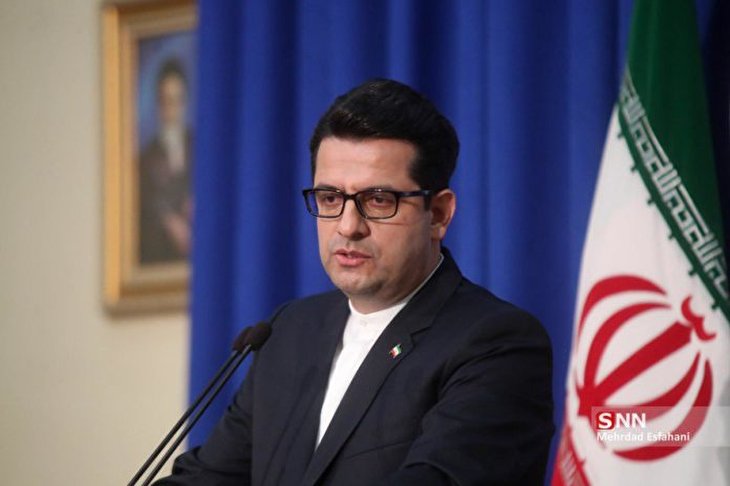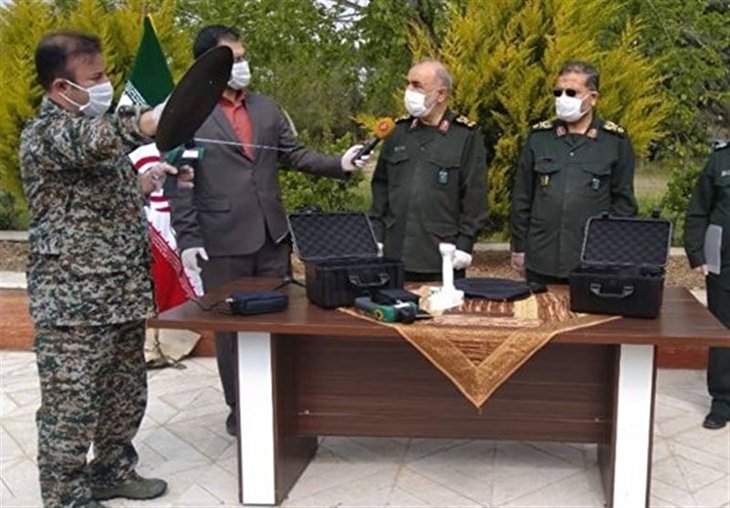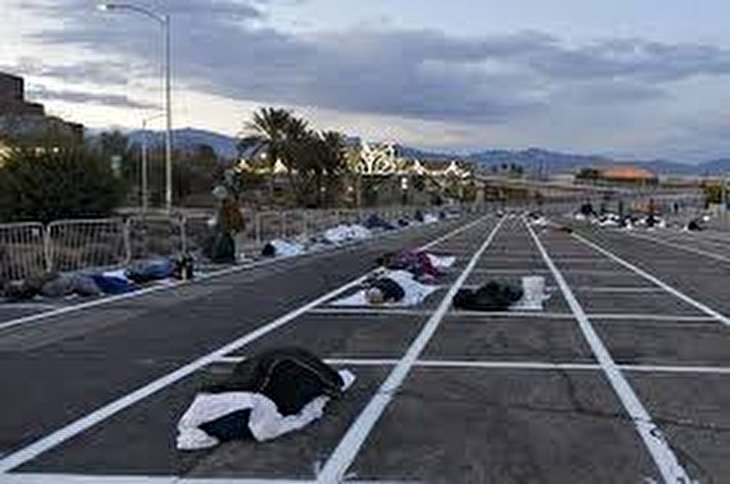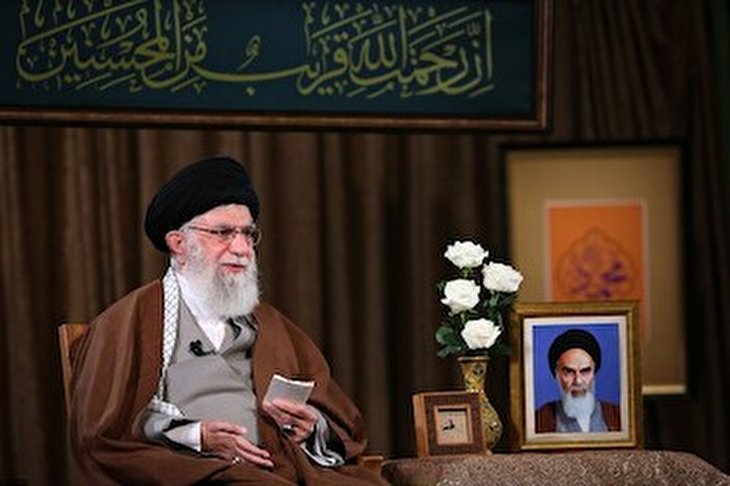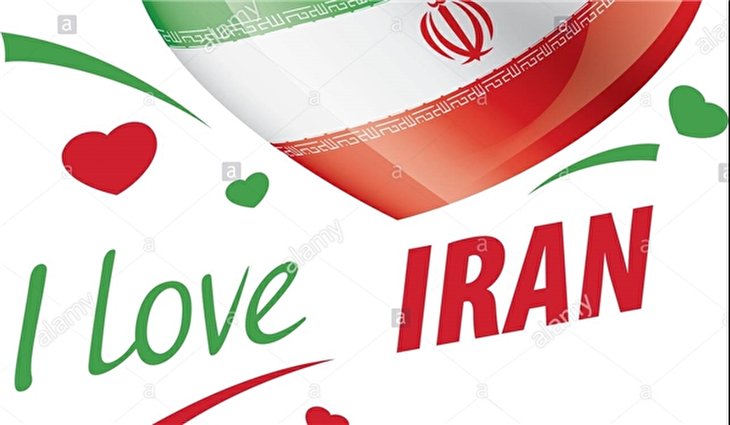
Would Saudis play the U.S. puppet in Iran sanctions scenario?
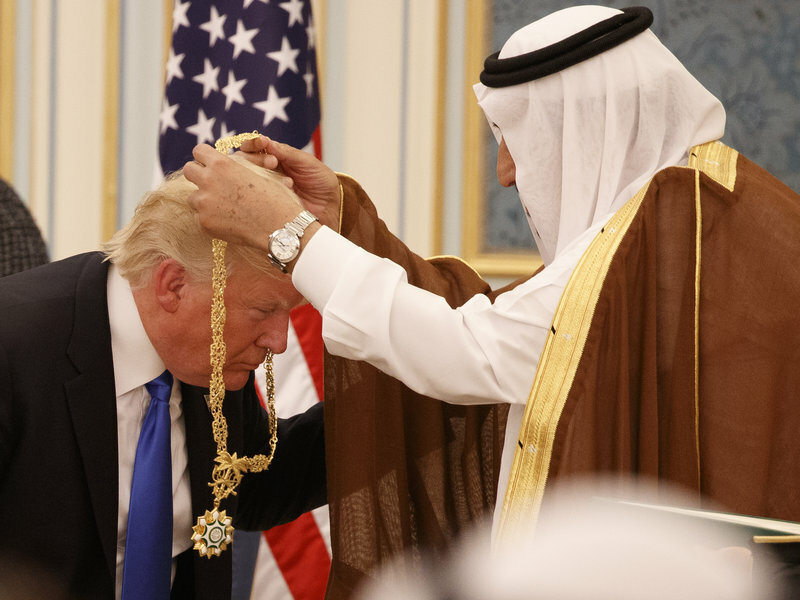
Many analysts believe that Trump’s decision on ending the exemptions is a double-edged sword and the U.S. president might well be shooting himself in the leg by doing so, since on one hand, he doesn’t want the prices to follow their current upward trend and on the other hand he is willing to raise the pressure on Iran to its utmost level.
Finding the solution to make both these scenarios happen hasn’t been easy for the U.S. government and clearly by announcing the end of waivers on Iranian sanctions, Washington is betting big on its allies in the region for preventing the situation to get out of hand.
In this regard, Saudi Arabia’s announcement on Monday about the possibility of a boost in production is a clear indication of the fact that like many other times, this time too, the U.S. expect Saudi Arabia to play the oil-rich puppet which is ready to offset the losses from Iranian oil.
Now the question is, would Saudis really fill the gap? To answer this question one should have a clear understanding of the market statistics these days. In theory it might be possible for the Arab country to raise its output to a certain level but for how long and at what cost? (Both figuratively and literary)
Saudi Arabia and the repeating scenario
As OPEC’s biggest exporter, Saudi Arabia is currently producing around 9.8 million barrels of oil and the country has been trying hard to maintain a production cut deal which has held OPEC producers alongside nations outside the cartel in a battle to keep the prices from falling.
This is not the first time that the Saudis are being ordered to play obedient executor in the region. Trump has been constantly criticizing OPEC for its actions regarding its activities to maintain the prices and the Saudis have been pressured to increase production again and again.
In July 2018, when Trump was planning on leaving Iran’s nuclear deal, he had asked the Saudis to rise their production to compensate the Iranian oil which was supposed to be wiped out of the market.
The kingdom promised to increase production to 12 million barrels per day, a dream that never came true.
At the time many experts and analysts pointed out the unrealistic nature of Saudi Arabia’s claims.
Gary Ross, head of global oil analytics at S&P Global said “The Saudis do not have 2 million bpd of spare capacity as it would imply production of 12 million bpd. They can likely produce a maximum of 11 million and even that will be running their system at stress levels,”
“I do not believe that Saudi can increase production to 12 million bpd but they can increase exports by digging into their reserves.” Ole Hansen, head of commodities research at Saxo Bank said.
However, this time the situation is a little different. Considering the kingdom’s current production which is under 10 million bpd, the possibility of an increase to 11 million bpd is not that far from the reality.
But would the Saudi’s be able to go through with this promise?
Saudis and OPEC: The pact
Despite clear opposition from Trump, in December 2018, Saudi Arabia and its other fellow OPEC members along with the non-OPEC oil producers reached an agreement based on which all the signees would commit to a certain level of production cuts to take 1.2 million barrels per day off the market for the first six months of 2019. The 15-members of OPEC agreed to reduce their output by 800,000 bpd, while non-OPEC allies including agreed to contribute a 400,000 bpd reduction.
Since the beginning, all the OPEC+ members showed significant commitment to the deal and their efforts led to an almost balanced market in which the prices started to rise from their low levels.
In the meantime, Saudi Arabia has been pressured multiple times by the U.S. to end the accord and to increase production, however since the kingdom desperately needs the prices above $50 to maintain its precious Aramco’s value, the Saudis have resisted the U.S. requests for cooperation.
If the Saudis go through with Trump’s request this time, the kingdom would not only be ending a deal which has kept the prices from falling for so long, but it will also negate its position of strength within OPEC.
Despite all the pressures from the U.S., Saudi Arabia wants to make sure that in the next OPEC+ meeting in June, the pack would stay committed to the cuts deal. And if Saudi Arabia goes through with the commitment to rise its production under the U.S. pressure, it would definitely come to the OPEC+ gathering empty handed and it cannot expect other signees to stay in a deal which needed all the members to cut to certain levels.
Considering the fact that other members of OPEC+ deal are not at a position which could be able to increase production, the U.S. is expecting Saudi Arabia and the UAE to shoulder the burden.
If they do so, this would be a clear indication for the OPEC+ deal to end and that would not be good news for the Saudis that do not want to go back to the bad old days of under-$50 oil.
That’s why Saudis haven’t been clear about their position in all these, they have said that the kingdom is going to assess the impact of the U.S. decision on the oil market before any raise in output.
Let’s not forget Iran’s ability to maintain some level of its oil exports under any circumstances. Iran has proven multiple times that it has its own strategies and approaches for seeing its oil in the global markets and many oil experts and analysts alongside Iranian officials including Iranian Oil Minister Bijan Namdar Zanganeh have clearly asserted that the U.S. cannot realize its dream of “zero Iranian oil”.
So with some portion of Iranian oil added to the mixture, and despite the short-term spike in the prices for now, the markets could be awaiting a downfall for oil prices if Saudis go through with the U.S. plans.
there is also the possibility of a conflict in the region, since Iran could potentially close the strategic Strait of Hormuz.
Source:TehranTimes

